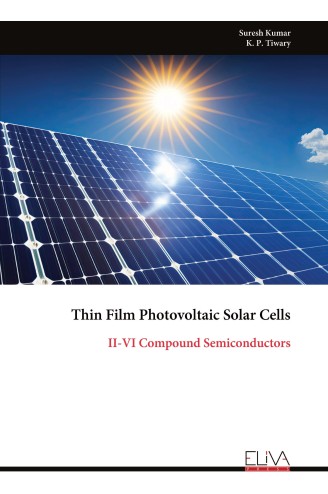Description
Leave review
Description
Thin films are formed by the condensation of atomic, ionic, or molecular species onto a substrate, utilizing processes such as random nucleation and growth techniques. Thin films can be composed of a wide range of materials, including metals, semiconductors, insulators and dielectrics. A variety of deposition techniques have been developed to fabricate these films, including molecular beam epitaxy, sputtering, pulsed laser deposition, chemical vapor deposition, spray pyrolysis, sol-gel methods and chemical bath deposition. Each of these methods is discussed in detail in this book. Thin-film semiconductors are extensively studied for solar energy applications. Solar energy is the cleanest and most abundant renewable energy source. A solar cell, the core technology is used to harness sunlight, convert solar radiation directly into electrical energy. This book explores key parameters that influence the efficiency of solar cells, such as Maximum Power, Fill Factor, Open-Circuit Voltage, Short-Circuit Current, and Power Conversion Efficiency. This book presents several important characterization techniques, including X-ray Diffraction (XRD), Field Emission Scanning Electron Microscopy (FESEM), Atomic Force Microscopy (AFM), UV-Visible Spectroscopy, Optical Contact Angle Measurement, Photoluminescence (PL) Spectroscopy, and Fourier Transform Infrared (FTIR) Spectroscopy.
Special attention is given to II–VI compound semiconductors, such as zinc sulfide (ZnS), zinc selenide (ZnSe), zinc telluride (ZnTe), cadmium sulfide (CdS), cadmium selenide (CdSe), and cadmium telluride (CdTe). These materials are promising candidates for low-cost, large-scale solar cell production. The book also discusses doping mechanisms and limitations in II–VI compounds.




